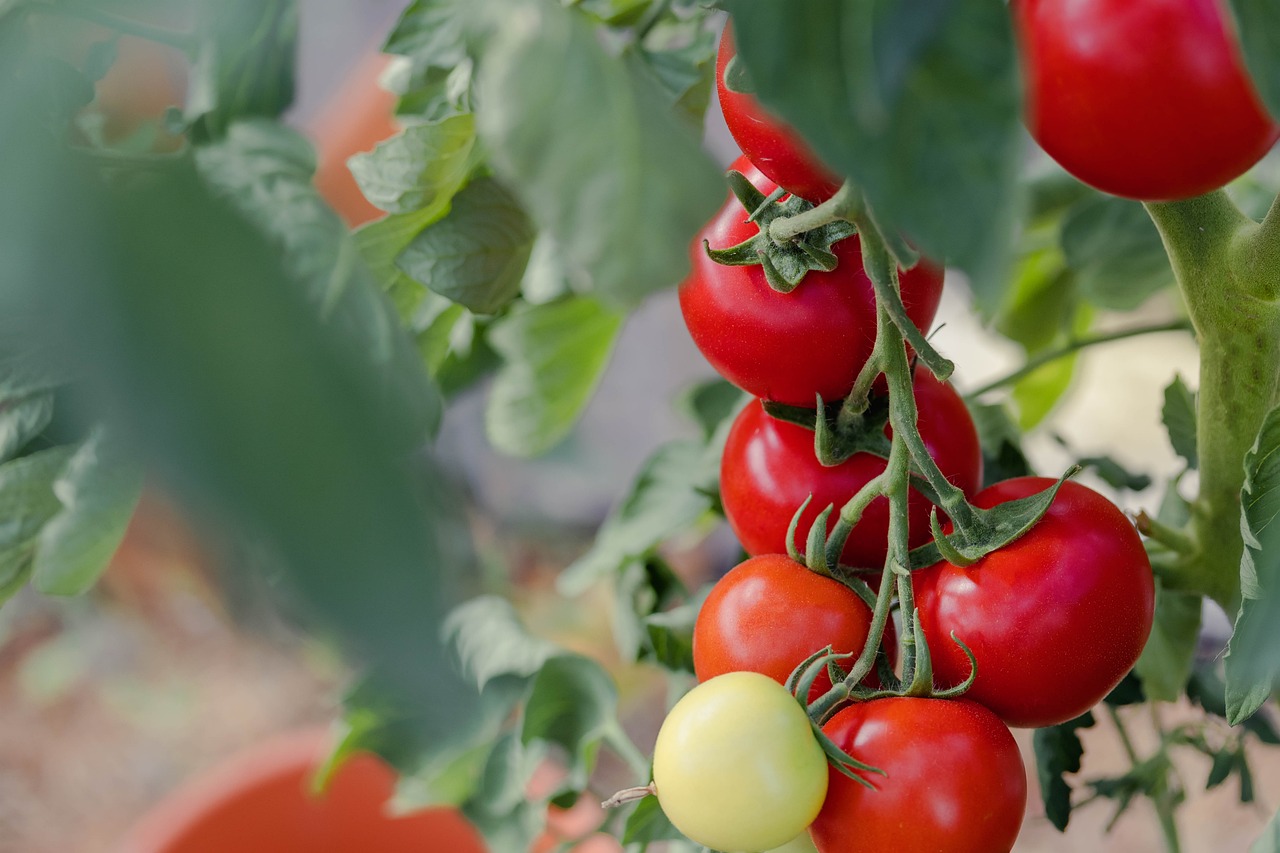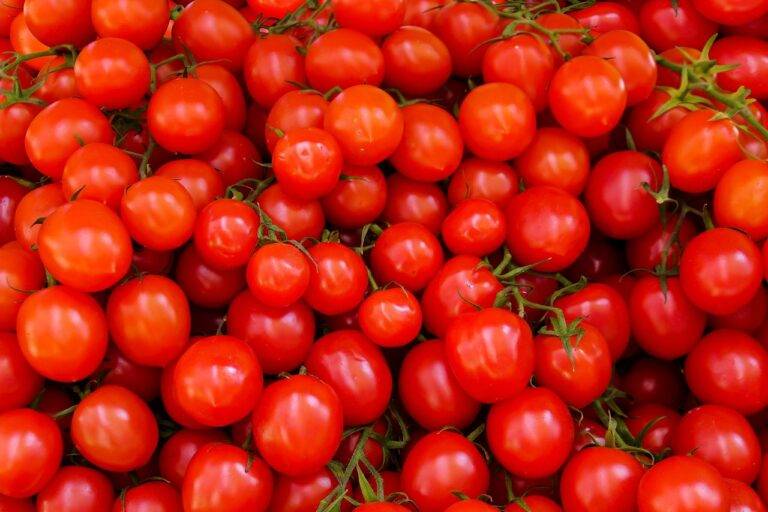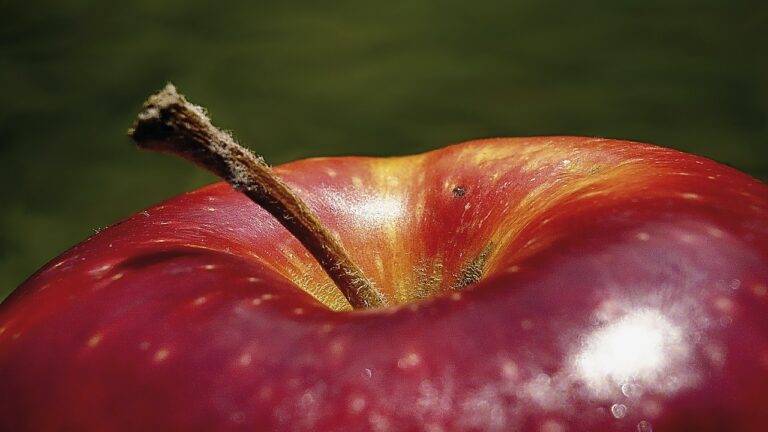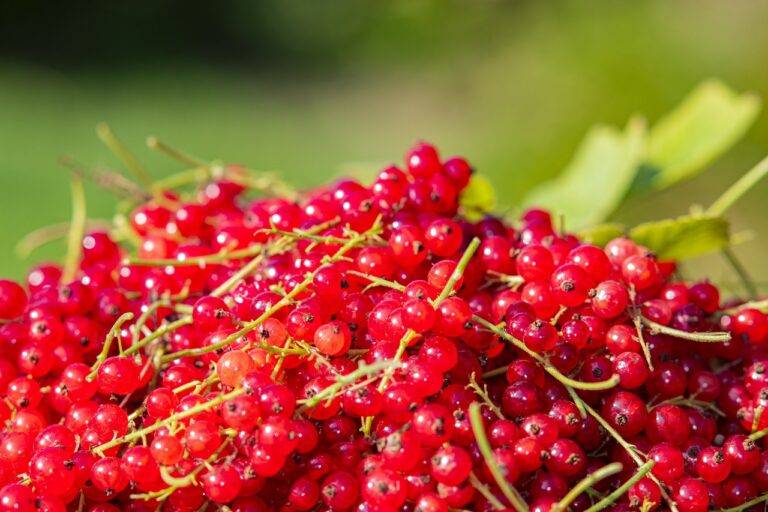The Science Behind Food Fermentation and Probiotics
Fermentation is a natural process that has been utilized by humans for centuries to produce a variety of foods and beverages. This ancient technique involves the breakdown of organic compounds by microorganisms in the absence of oxygen, resulting in the production of different compounds such as alcohol, organic acids, and gases.
One of the most well-known examples of fermentation is the production of beer and wine. In these processes, yeast microorganisms play a crucial role by converting sugars into alcohol and carbon dioxide. Fermentation not only enhances the flavor and texture of foods but also helps in preserving them by creating an acidic and inhospitable environment for harmful bacteria.
Microorganisms: The Key Players
In the realm of fermentation, microorganisms take center stage as the key players driving this natural process. These tiny organisms, such as bacteria and yeast, play a crucial role in breaking down sugars and other compounds to produce various products like alcohol, vinegar, and dairy products. Their metabolic activities result in the transformation of raw materials into an array of flavorful and preserved foods.
Moreover, microorganisms also contribute to the production of essential nutrients like vitamins and amino acids during fermentation. Through their enzymatic actions, they help enhance the nutritional content of fermented foods, making them not only delicious but also beneficial for our health. The diverse roles that microorganisms play in fermentation highlight their significance in various food production processes and underscore their importance in shaping the culinary world.
What is fermentation?
Fermentation is a natural process in which microorganisms like bacteria, yeast, and fungi break down complex substances into simpler ones, producing energy in the form of ATP and various byproducts.
How do microorganisms play a key role in fermentation?
Microorganisms are the key players in fermentation as they secrete enzymes that break down complex molecules such as sugars, proteins, and fats into simpler compounds that can be used by the organism for growth and energy.
Which microorganisms are commonly involved in fermentation processes?
Common microorganisms involved in fermentation include bacteria like lactobacillus and acetobacter, yeast such as saccharomyces cerevisiae, and fungi like aspergillus and penicillium.
What are some examples of fermented products made by microorganisms?
Examples of fermented products include yogurt (fermented by lactobacillus), beer and wine (fermented by yeast), kimchi and sauerkraut (fermented by lactic acid bacteria), and cheese (fermented by various bacteria and fungi).
How do microorganisms benefit from fermentation?
Microorganisms benefit from fermentation by gaining energy and nutrients from the breakdown of complex molecules, as well as creating an environment that is more suitable for their growth and survival.
Can fermentation by microorganisms have any negative effects?
While fermentation by microorganisms is generally beneficial, it can have negative effects if harmful microorganisms are present or if the fermentation process is not properly controlled, leading to spoilage or the production of toxic byproducts.







